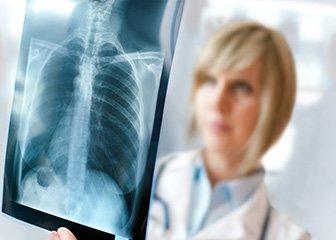Digital images in both two and three dimensions are used in a wide variety of applications such as medical imaging, nondestructive evaluation, industrial material characterization and transportation security. Users analyze the images to extract some high level information - a medical diagnosis, a material fault, etc. - from low-level information such as pixel colors or intensities. Current image analysis systems attempt to identify objects in images using traditional image processing techniques that operate on low-level pixels or pure expert systems that attempt to encode high-level knowledge. However, due to noise and artifacts in the source images and the inherent complexities of the applications, neither approach produces adequate results in all cases. Therefore, users cannot reliably identify objects of interest leading to potential costly errors, such as missed explosives or tumors. Consequently, many applications with big or complex imaging data sources could benefit substantially from improved segmentation and classification of digital images.
LLNL has developed a new system, called the Segmentation Ensembles System, that provides a simple and general way to fuse high-level and low-level information and leads to a substantial increase in overall performance of digital image analysis. LLNL researchers have demonstrated the effectiveness of the approach on applications ranging from automatic threat detection for airport security, to natural images and cancer detection in medical CT images. Furthermore, LLNL’s approach naturally leads to a big data type approach for unsupervised problems able to exploit massive amounts of unlabeled data in lieu of ground truth data, which is often difficult and expensive to acquire. LLNL has filed a patent application on the new system and is interested in continuing development focused on tailoring the approach to the most promising applications.
LLNL’s Segmentation Ensembles System is expected to provide users with improved abilities to:
- Reliably detect and classify objects of interest in digital images
- Build catalog(s) of labeled common objects
- Use large-scale unsupervised data rather than, or in addition to, labeled training data
- Fuse high-level non-image information including text and models with low-level image segmentation tasks, such as using shipping manifests to improve transport baggage screening.


